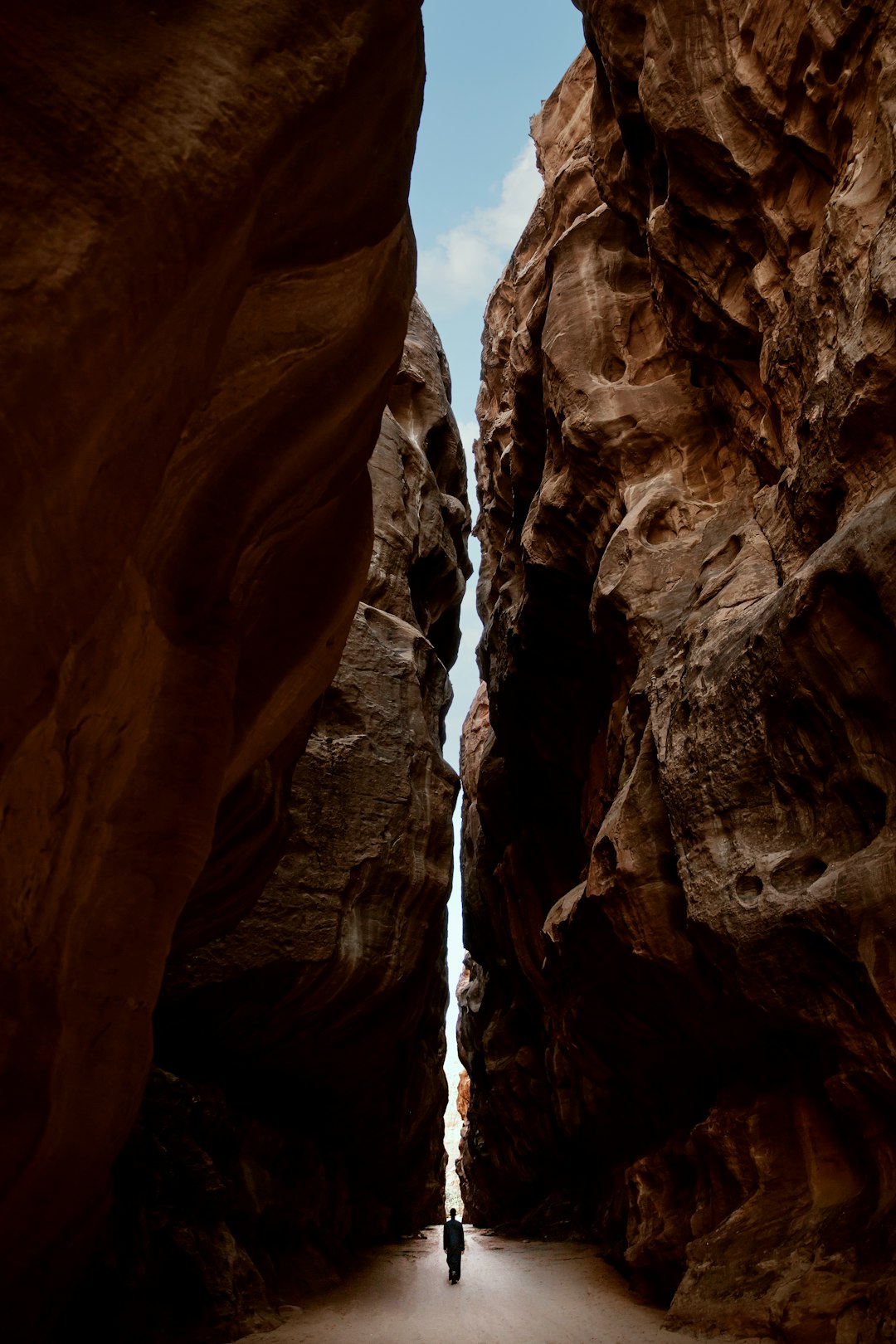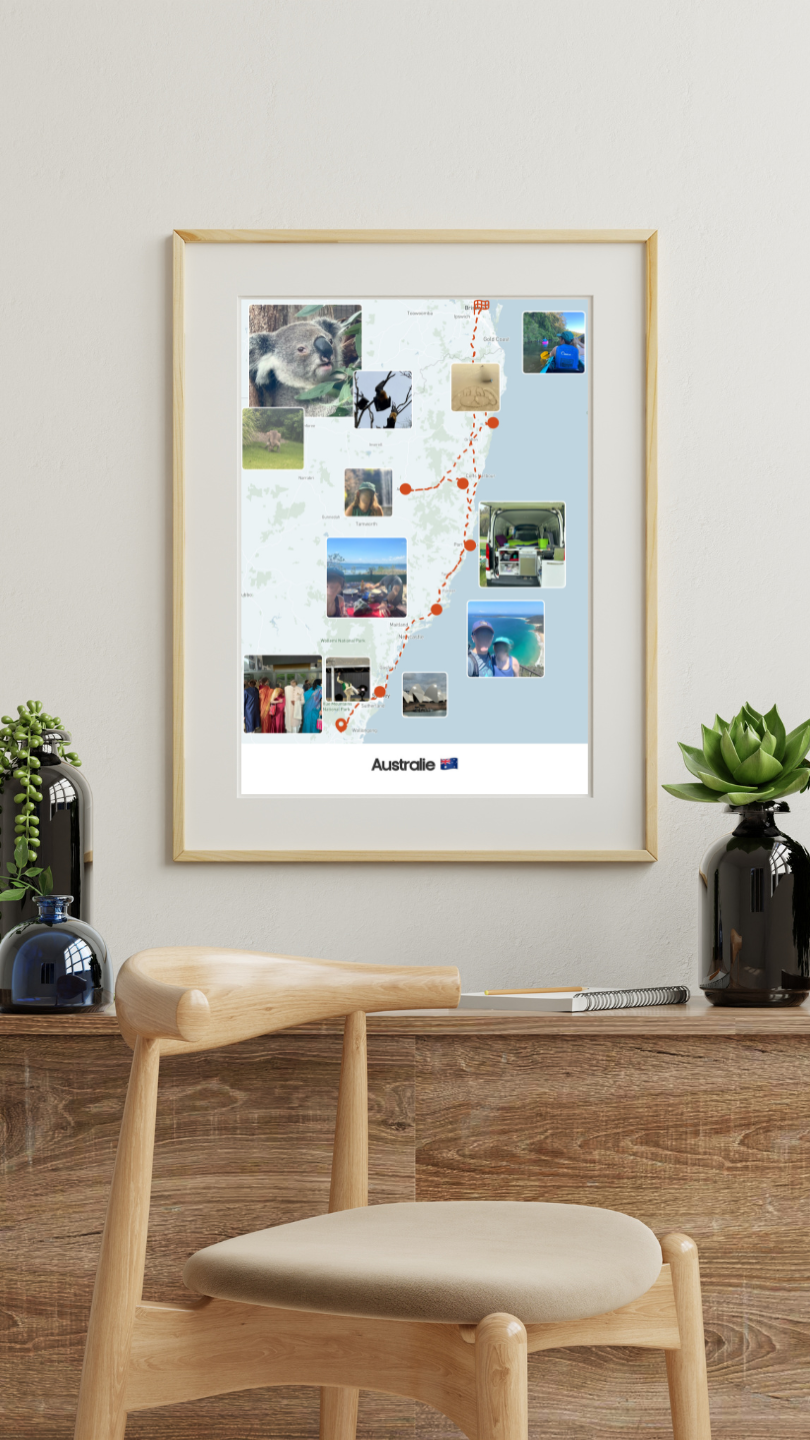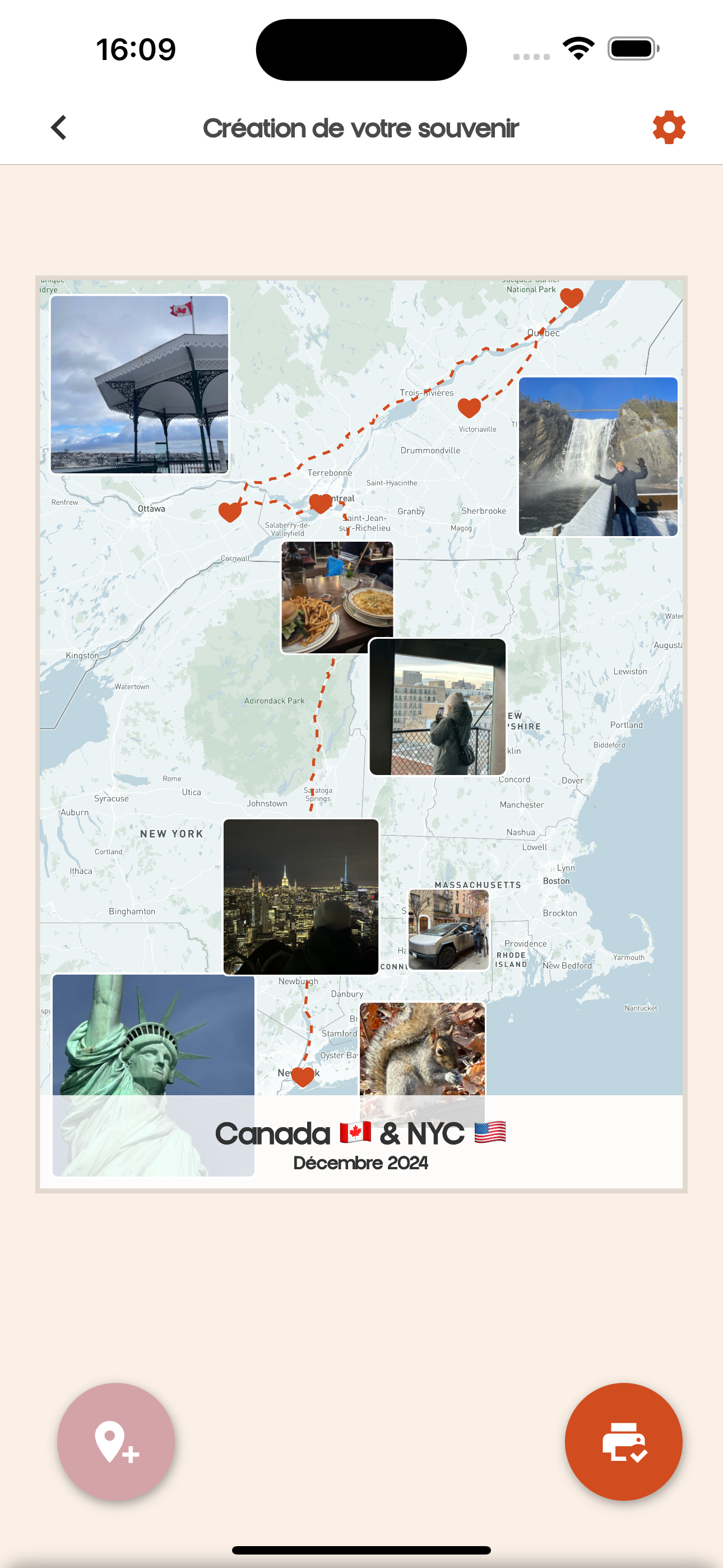The Alps, a symbol of wild nature, offer a multitude of hiking trails that amaze outdoor enthusiasts. Whether you are a novice or an experienced hiker, there is a hike for every skill level. In this article, we will explore the best hikes in the Alps, highlighting spectacular sites, breathtaking panoramas, and unforgettable moments in nature.

Introduction - The Best Hikes in the Alps
Epic Hikes - The Best Hikes in the Alps
The Alps are filled with epic hikes. Here are some of the most popular:
- The Tour of Mont Blanc: This iconic hike circles the Mont Blanc massif, offering stunning views of peaks while crossing countries like France, Italy, and Switzerland.
- Pointe de l'Observatoire: Located near Chamonix, this hike provides impressive panoramic views of the Mont Blanc massif.
- Glacier Trail: A spectacular trail that unveils majestic glaciers and glacial lakes, perfect for memorable photos.
- The Aiguilles Rouges: Offering breathtaking views of Mont Blanc and Lac de Chamonix, this hike is accessible to all.
- Sixt-Fer-à-Cheval: An enchanting trail that leads to waterfalls and picturesque landscapes.
- The Hohneck: A fascinating hike in the Vosges, ideal for wildlife and flora enthusiasts.
- The Stevenson Trail: Following the path taken by writer Robert Louis Stevenson, this hike offers an immersion in local culture.
- Col de Balme: Featuring grand panoramic views, this hike is particularly enjoyable in spring.
- Lac Blanc: Although popular, its beauty makes it an unmissable hike, with its turquoise waters surrounded by mountains.
- The Crêtes de la Meije: For experienced hikers, this trek offers a challenge with spectacular views.
Natural Attractions - The Best Hikes in the Alps
The Alps are not only a realm for hikers but also a place to discover natural wonders. Here are some attractions not to miss:
- Glacial Lakes: Like Lac des Cerces, these crystal-clear lakes offer enchanting landscapes.
- Waterfalls: The Alps are home to beautiful waterfalls, notably the Pisse in l'Ours.
- Pine Forests: The trails through pine forests add a unique charm to hikes.
- Alpages: Encountering herds of cows and goats is a memorable event.
- Endemic Flowers: A summer hike is an opportunity to admire unique mountain flowers.
Preparing for Hiking - The Best Hikes in the Alps
Before heading out, here are some tips for proper preparation:
- Check the weather: Conditions can change rapidly in the mountains, so it's essential to look at forecasts.
- Choose the right gear: A good pair of hiking shoes and a well-equipped backpack are crucial.
- Stay hydrated: Carry enough water, especially on hot days.
- Inform someone: Before departing, make sure someone knows your itinerary.
- Study your route: Using a map or hiking app helps to better understand the terrain.
Conclusion - The Best Hikes in the Alps
Hiking in the Alps offers unforgettable experiences, whether for family time, exploring nature, or disconnecting from daily life. Breathtaking landscapes, authentic encounters, and personal challenges await you. Ready to lace up your boots and explore the Alps? 🏞️
FAQ - The Best Hikes in the Alps
What is the best gear for hiking in the Alps?
Hiking in the Alps requires appropriate gear for a safe and enjoyable adventure. Firstly, it’s essential to have a good pair of high-ankle hiking boots that provide ankle support, as well as waterproof shoes to deal with rain or wet conditions. An ergonomic backpack will allow you to carry water, snacks, and other essentials such as a first-aid kit. It would be wise to include layered clothing to adapt to temperature variations, such as thermal underwear, a fleece or sweater, and a waterproof jacket. Hiking poles, while optional, can provide extra stability on difficult terrains. Lastly, navigation tools such as a map or hiking app can prove to be very useful. Overall, being well-prepared is key to a successful hike in the Alps.
What is the best season for hiking in the Alps?
The best season for hiking in the Alps depends on several factors, including your skill level and the landscapes you want to discover. Generally, the hiking season extends from June to September. In June, meadows begin to bloom, providing an incredible diversity of flowers, but some trails may still be snow-covered, especially at higher altitudes. July and August are often considered ideal months as weather conditions are generally favorable and most trails are snow-free. This is when you will encounter the most hikers. September, while temperatures start to drop, offers the advantage of drier weather and less crowded paths. It is also important to check specific trail conditions before heading out, as some may be closed depending on the season.
Are hikes accessible for families?
Yes, several hikes in the Alps are perfectly accessible for families. Many routes are designed to accommodate both young children and adults with easy, well-marked paths, and gentle terrain. Trails around lakes, like Lac Blanc, are generally flat and secure, allowing kids to enjoy an adventure without too much difficulty. Additionally, mountain huts are great options for taking breaks and refueling with the family. Shorter hikes, such as the Chemin des Ducs de Savoie, offer beautiful views while being suitable for families. Ultimately, it is vital to choose a route that matches the abilities of all family members, keeping safety in mind and ensuring supervision when necessary.
What safety rules should be followed while hiking in the mountains?
Safety in the mountains is paramount for enjoying a worry-free hike. Before departure, it is essential to inform someone of your itinerary and estimated return time. Bring a map and compass or a GPS application on your smartphone to avoid getting lost. It’s crucial to adjust your clothing and equipment according to weather conditions and not to set out without waterproof clothing. During the hike, be vigilant and respectful of challenging terrains. Avoid wandering off unmarked trails and stick to designated paths to preserve the ecosystem. In case of bad weather or storms, consider canceling or modifying your route. Don't forget to hydrate well and listen to your body, as fatigue may settle in when hiking at altitude. By following these safety guidelines, you'll be better prepared for a pleasant hiking experience.
How to physically prepare for a mountain hike?
Physically preparing for a mountain hike requires a combination of endurance, strength, and agility. Several weeks prior to your hike, start increasing your activity level. Incorporate endurance activities like brisk walking, jogging, or cycling to improve cardiovascular fitness. Strengthening your legs through exercises like squats, lunges, and stair climbing simulates the ascents you will encounter while hiking. Agility and balance exercises, like training on unstable surfaces or proprioceptive exercises, can decrease the risk of falls. Additionally, consider your nutrition by eating a balanced diet and staying adequately hydrated. Finally, include training hikes, ideally on terrains similar to those you will face, to acclimate to the real conditions and the practicality of carrying your gear. This training will help you approach your hike with confidence and enjoyment.
Do mountain hikes require some prior experience?
Not all mountain hikes require prior experience. In fact, there is a wide range of trails suited to various skill levels. Family-friendly or well-marked trails, such as the Tour of Mont Blanc, offer accessible routes to beginners without requiring hiking expertise. However, it is recommended to start with easy trails and gradually increase the difficulty. For more demanding hikes, particularly those with significant elevation gains or technical terrain, some prior experience and a good level of physical fitness are desirable. Before embarking on a challenging trail, gather information via guides or hiking apps to assess the difficulty. If you are a novice wishing to explore more complex trails, consider hiking with a guide or in a group. In any case, it’s always wise to prepare, respect your limits, and prioritize safety.
What to do in case of emergency during a hike?
In the mountains, it is essential to be prepared for the unexpected. In case of an emergency, the first thing to do is to stay calm and assess the situation. If someone is injured or if you get lost, try to return to a known location. In the case of an injury, call for first aid. If you're unable to continue your hike, it is best to remain where you are, if possible, and wait for assistance. (Always carry a mobile phone with you to call for help, ensuring beforehand that there is network coverage in the area). Having a well-stocked first aid kit can also make a difference. Make sure all members of your group are familiar with the emergency plan and processes, having a flexible strategy for facing unforeseen situations. Lastly, it is always better to inform someone of your route and expected return times, especially for remote hikes where rescue can take longer to arrive.
How to choose a hike suitable for your level?
Choosing a hike that suits your level might seem daunting, but several factors can help you make the right choice. Start by assessing your fitness level and experience. If you are a beginner, opt for an easy, well-marked trail with minimal elevation gain. Trails around lakes are generally short and gently sloped, ideal for novices. Hiking apps and websites often provide descriptions and ratings for trails that can guide you. Also, consider the duration and intensity of the hike to avoid surprises. Depending on your progress, you will have the opportunity to explore more challenging routes as your confidence grows. Check feedback from other hikers for a realistic idea of the trails. Finally, do not hesitate to ask locals or trail professionals, who will be happy to point you toward the best options based on your level.
Is it possible to hike all year round in the Alps?
Indeed, it is possible to hike in the Alps year-round, but it depends on weather conditions and route choices. In winter, winter hiking is popular in certain areas and it is common to use snowshoes or backcountry skis to explore snow-covered trails. However, these activities require specific equipment and snow skills. In spring, as the snow melts, trails become clear, making it a great time to enjoy blooming greenery. Summer is the high hiking season, providing perfect conditions to explore alpine trails in all their glory. Autumn, in contrast, is known for its colorful landscapes with changing leaves, although some areas may have less predictable days. In any case, it's important to inquire about trail conditions and adjust your equipment and routes to the seasons to ensure a pleasant and safe hiking experience.






